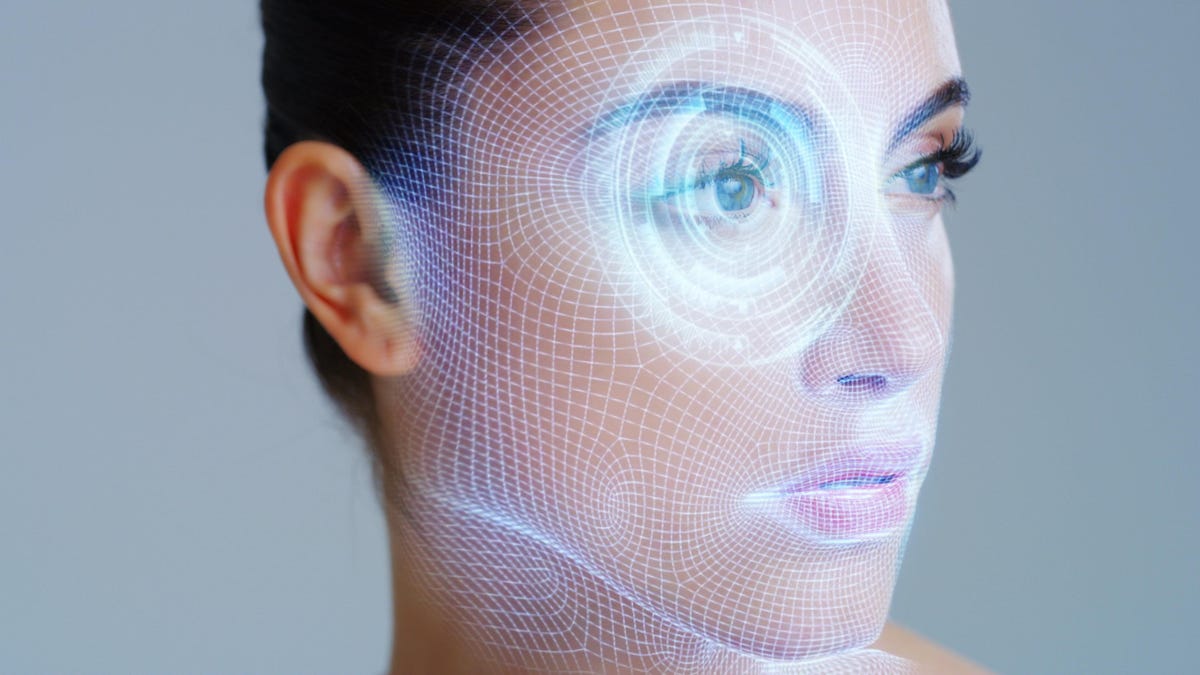Deepfakes challenges in AI may become increasingly difficult to control
Deep fakes are blurring the boundaries of reality more than ever, and things could get worse this year。

Deep forgery techniques generated by artificial intelligence are tearing the world apart, and the latest half-baked attempt to prevent them is futile。Federal regulators on Thursday banned deeply faked phone calls, such as mimicking President Biden's situation in the New Hampshire primary.。Meanwhile, OpenAI and Google released watermarks this week to flag images for AI generation.。However, these measures lack the effective means needed to stop AI deep forgery.。
Pindrop's chief executive, Vijay Bala Subramanian, said: "They already exist.。The company confirmed that ElevenLabs was the service provider used to create the fake Biden phone call.。"Deep forgery detection technology needs to be adopted at the source, transmission point and destination.。It just needs to be done in full。"
The Federal Communications Commission's (FCC) ban on deeply faked phone calls is a step in the right direction, Bala Subramanian believes, but there is currently little clarity on how this ban will be enforced.。Currently, we only discover deep forgery after damage has occurred, and rarely punish those responsible。It's too slow and doesn't actually solve the problem at hand。
OpenAI this week introduced watermarks to Dall-E's images, both visually and embedding the photos' metadata。At the same time, however, the company admits that this can be easily circumvented with screenshots。It feels more like a stopgap measure than a company saying, "Oh, at least we tried!"
Meanwhile, a financial worker boss in Hong Kong has been tricked out of $25 million in a deeply faked video。This is a shocking case that shows how deep forgery techniques blur the boundaries of reality。
Deep forgery problem will only get worse
These solutions are simply not enough。The problem is that deep forgery detection technology is new, and it's not developing as fast as generative artificial intelligence.。Platforms like Meta, X and even your phone company need deep forgery detection。These companies are making headlines for their new AI capabilities, but what about their AI detection capabilities??
If you watch deep fake videos on Facebook, they should have a warning。If you receive a deeply faked call, your service provider should have software to catch it。These companies can't just put their hands up and surrender, but they do try。
Deep forgery detection technology also needs to get better and become more widespread。According to Copyleaks CEO Aron Yamin, the current deep forgery detection of any content is not 100% accurate。His company has better tools for detecting AI-generated text, but detecting AI speech and video is another challenge。Deep forgery detection lags behind generative AI and needs to be upgraded quickly。
Deep falsification is indeed the new misinformation, but it's more convincing。Technology and regulators are catching up to tackle the problem, but experts agree that deep fakes will only get worse before they get better.。
Disclaimer: The views in this article are from the original Creator and do not represent the views or position of Hawk Insight. The content of the article is for reference, communication and learning only, and does not constitute investment advice. If it involves copyright issues, please contact us for deletion.